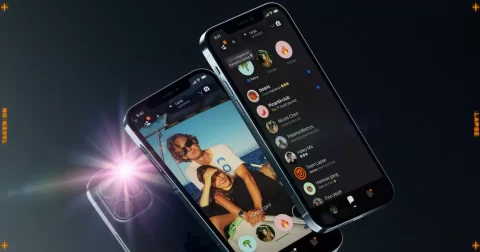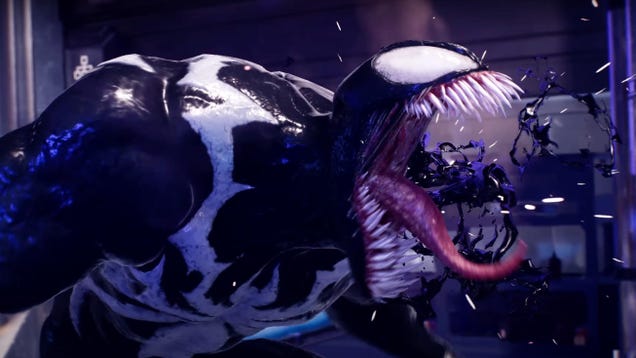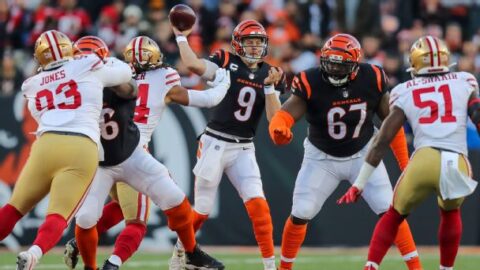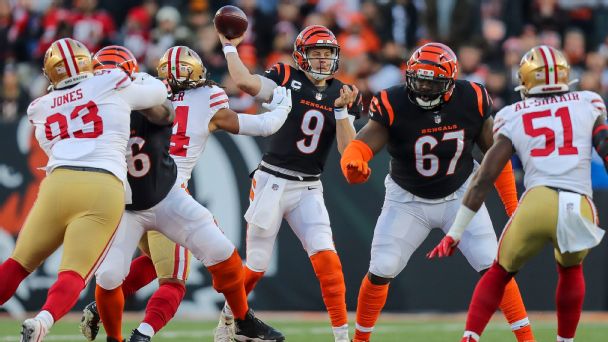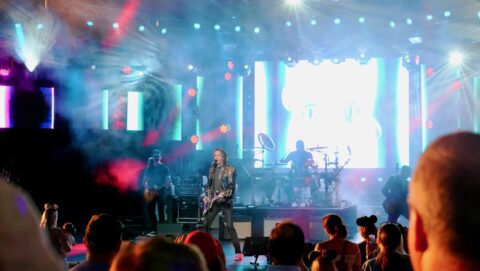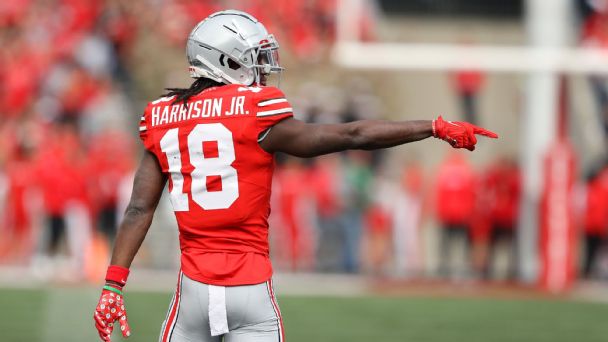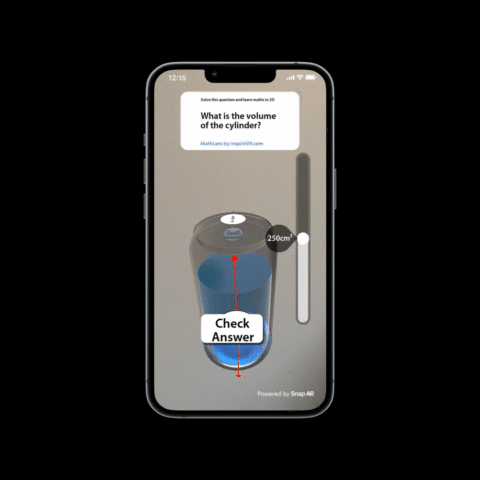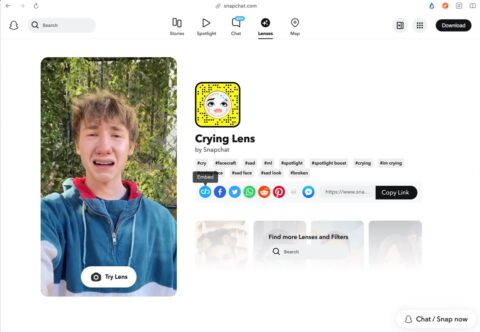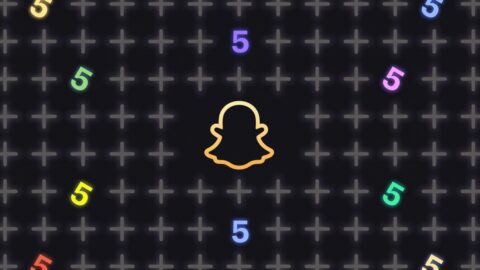Lapse, a photo-sharing app with a film filter, shot to the top of the App Store thanks to a clever gimmick. But can its users get hooked on yet another social media app?

It’s a truth universally acknowledged that social media sucks right now.
Platforms are overrun by ads and sponsored posts, and algorithms don’t prioritize the social aspect of digital connection. The swift rise and fall of BeReal, an app that offered a solution to the disappointing state of the social media landscape, now seems more like a cautionary tale. That’s not stopping developers from trying to revolutionize the way we connect online, and Lapse is the latest alternative social media app on the scene.
It advertises itself as “the invite-only disposable camera.” On Lapse, you take a photo (called a “snap”) and send it to the “darkroom” to be “developed.” At an unspecified time later in the day, you’ll get a notification that your photo is ready, and you can see the photo you took transformed by Lapse’s grainy, analog filter. Once you see the photo, you can decide whether to post it in your gallery or archive it.
Lapse forgoes an algorithmic feed and aims for something more personal and chronological. Snaps live on your profile, or your “Journal,” which can be customized with music, a carousel of select images, your zodiac sign, and emojis. Meanwhile, your friends can react to your snaps, or share a “vibe,” with a range of pre-selected randomized emojis.

Credit: Lapse: @crystalbbell
The photo app remixes aspects of other platforms to create a unique, yet familiar experience. It incorporates the camera roll archive of Snapchat, the film-like filter of Dispo, the photo-sharing element of Instagram, and the low-stakes, low-key nature of BeReal.
The darkroom gimmick of Lapse encourages users to live in the moment and take a photo and go, contrary to the fraught Instagram experience of taking dozens of photos and immediately scrutinizing them for posting potential or the instant gratification of BeReal.
“With Instagram now, I feel like you have to think long and hard about what’s going to be on your feed, but if I want to take a picture of the fucking chicken fingers that I made, then I can post it on Lapse,” Daniel Head, a 32-year-old Lapse user in Brooklyn, New York, told Mashable.
Lapse isn’t new — it first launched in 2021 as a collaborative disposable camera roll app — but in June, it rebranded to more of a traditional social media platform with profiles where users could share their “developed” photos and organize them into monthly “memories” and albums. At its launch, Lapse raised $11 million in seed round funding.

Credit: Lapse
In the last month, you’ve likely received a cryptic text message from a friend along the lines of “we need this,” accompanied by an early access invite to Lapse. The platform requires new users to invite five or eight friends via text message before they can start using it. At the end of September, it shot up from No. 118 to No. 1 in the App Store — it currently sits at No. 2 — as a result of this growth hack. According to data.ai, Lapse had nearly 1.2 million users worldwide in late September.
Joshua Santos, a 27-year-old software engineer in Phoenix, Arizona, started using Lapse at the beginning of October. “It felt off that I had to invite other people just so I could use the app,” Santos told Mashable. “It was like some weird pyramid scheme.”
The app co-founders Dan and Ben Silverton stand by their onboarding process. Dan told TechCrunch, “We are top of the charts because Lapse is resonating with young people, who are sharing millions of photos per day in our app. They are exhausted by existing photo-sharing apps, and Lapse is a way for them to live in the moment and share memories pressure-free.” It also clearly benefits from young people’s insatiable nostalgia for vintage tech following the disposable camera boom in 2019.
But texting friends isn’t the only requirement to access Lapse. “You have to add the [Lapse] widget to your home screen or your lock screen, which is kind of wild. Like, oh, OK, we’re really being invasive with it,” explained Head.
Other users, like Ria Bhagwat, don’t mind the widget. “[The widget] is very engaging. It convinced me to want to use it more,” the 23-year-old freelance journalist told Mashable.
The platform successfully gamed the system for downloads, but can its users get hooked on yet another social media app? BeReal taught us about how quickly the novelty of a new social platform can wane, and while Lapse is breaking through without the incentive to use it daily, its staying power remains unclear.
But so far, Bhagwat is hooked. She posts on Lapse two to three times a day to 50 friends. “I am not usually a fan of photo apps. I had Snapchat in college. It forced me to always be on high alert about how I looked or what I was doing,” explained Bhagwat. “Lapse is nice because a lot of people use it for scenery. It’s different from Snapchat or BeReal because it’s not focused on the person who is posting, it’s more what they’re doing or who they’re with.”
Another draw of the app is that at the end of each month, all your posts are consolidated into an album. Jasmine, a 29-year-old art director in Brooklyn, treats it like a photo diary.
She also appreciates the community she’s built on the app. “I was looking at Lapse this morning, and it was nice to have people that I recognize and talk to in real life on it,” she explained to Mashable. “I open it and then scroll for 10 seconds and put it away. It doesn’t feel like a black hole.”
